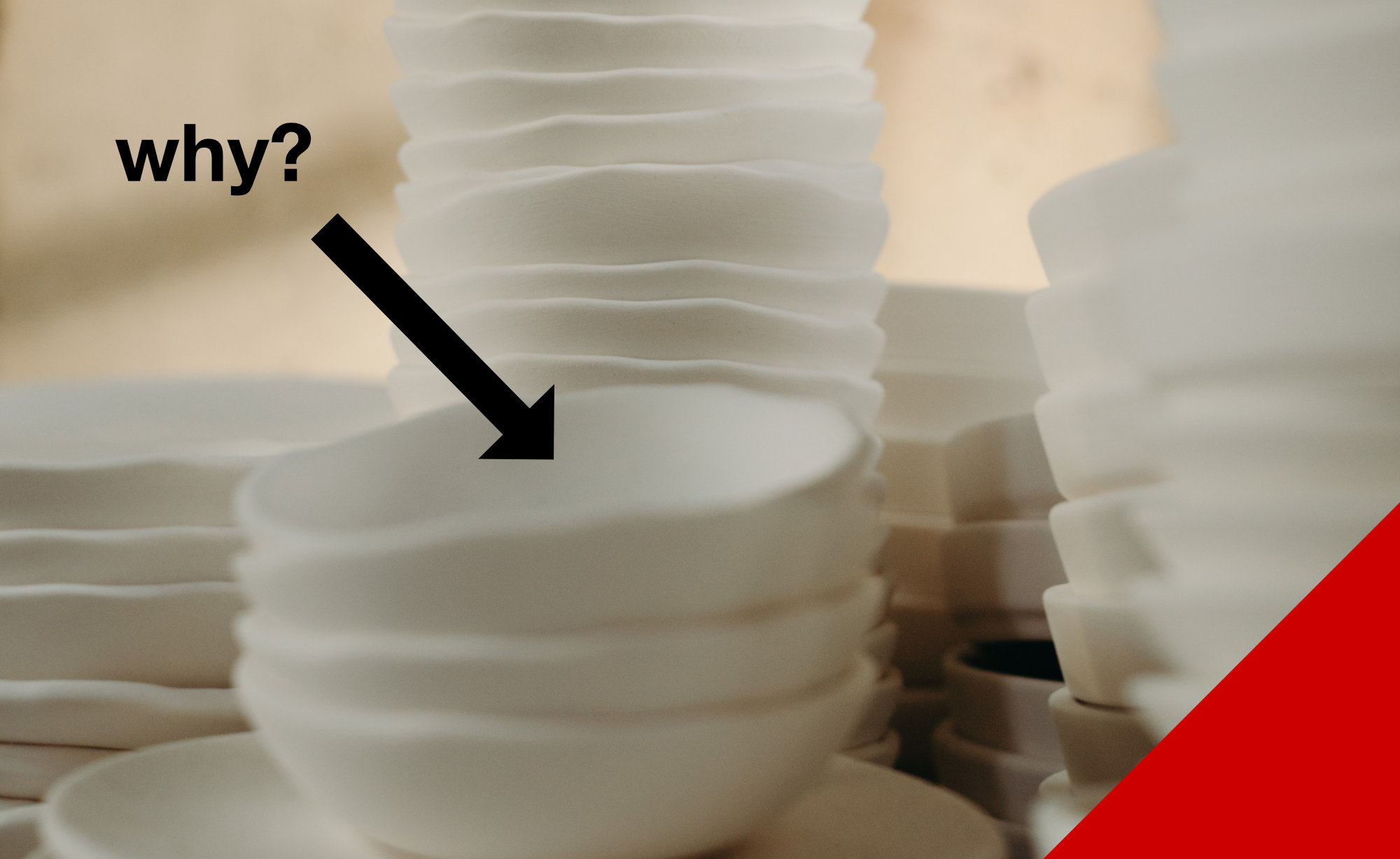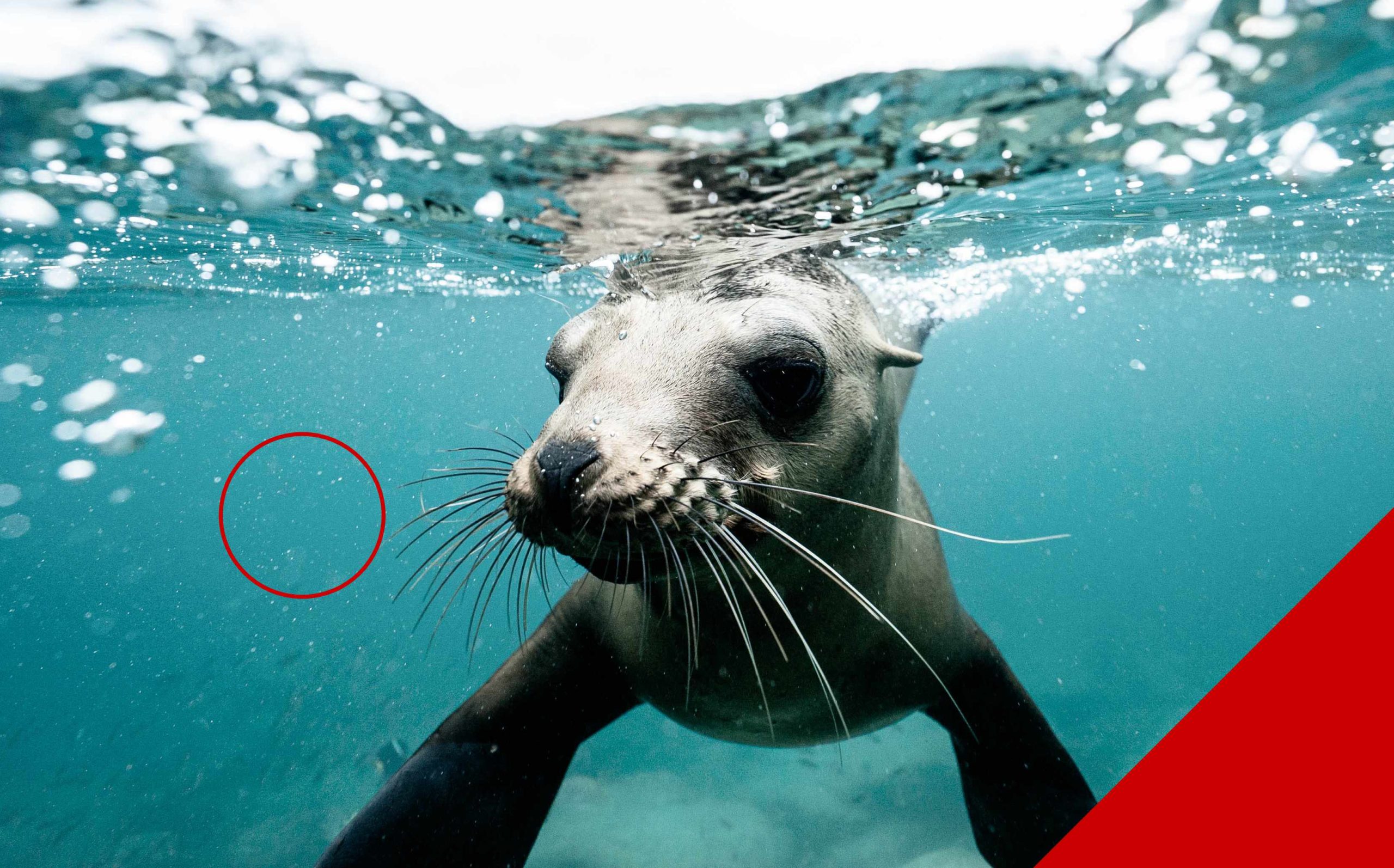
I love the blue-collar approach to showing up and making. It’s honorable and wonderful because it’s so hard to do. One way to take a step back and look at our stuff plainly is to be a hack.
A hack steals what works and leaves the rest
Part of the vitriol people feel for hack comedians, I think, is an envy of someone getting all the good stuff without the work. Hacks steal from other hard working creators.
We shouldn’t do that!
Instead we can hack our own stuff, so we get the good stuff from ourselves. We take the best parts of what we create and leave the rest.
It sucks
This technique crushed me when I was a street performer. Marcus Raymond told me to record my show and transcribe every single word I say and every single action.
I had to record when I rocked on my feet, grabbed the wrong prop, and said “uh” 30,000 times. It was excruciating. I think I made it ten minutes in, then stopped. I couldn’t handle typing. I couldn’t handle watching. I couldn’t handle the idea that I had been giving this to audiences for months when I thought I was a hero.
The next weekend, Marcus said, “so, did you do it?”
“no”
“If you want to make more money out here, that’s the next step.”
I did the weekend of shows with all my “uh”s and all my gusto. Then, Monday, I went back to the video and the typing.
Then, I went on to serving audiences better.
The whole process is as follows…
- do the show
- record video of the show
- transcribe the show exactly (don’t improve it, don’t get someone else to transcribe it for you)
- feel the pain the pain in this part is important. pain breeds change.
- edit the script
- have a new show with the good stuff. a show that’s less painful to watch
This can apply to any entertainment creation – not just live shows
- make the thing
- transcribe the thing into a boring, dispassionate, version for clear viewing
- feel the pain
- edit the boring version the way we want it to be
- remake the thing
The Editing Process is Decluttering
When I’m decluttering the house, I do the same thing I needed to do with my show. If I’m going to be a hack and steal all my own best stuff, I gotta know what that stuff is.
Sort
In the decluttering process, I make three piles immediately. A. Definite keep, B. Maybe keep, C. Definite trash (recycle/sell/donate)
With the script, definite trash is any non-functional “uh” or any movement, or accident that doesn’t serve a purpose.
“Maybe keep” stuff might be a bit that kind of works, or a long story that seems like it helps the flow.
Trash run
Get rid of the trash. That’s easy and rewarding. That is the part I wanted to do when I was typing the whole thing out.
Un-Maybe
All the “maybe”s are on the chopping block until we commit to them. We either commit to keep or trash each one. Nothing stays a “maybe”
Fix
We’re not going to live with a broken thingy in our house. Now is the time to fix anything that’s been sitting around broken.
Hack it
Take all the good parts. Celebrate them. Maybe build on them? Frame everything around them to amplify them more. Nobody to envy but ourselves!
Make More
In the decluttering analogy, I might need to buy a new rug to replace the one I threw out. It’s creation time! We probably hafta make some new stuff to replace all the nonsense we threw out.
Oh, man! It’s so nice to buy a new thing that goes in a freshly decluttered home. Same here. What a clean, positive place to make a new bit of entertainment among all the pieces that spark joy.
























